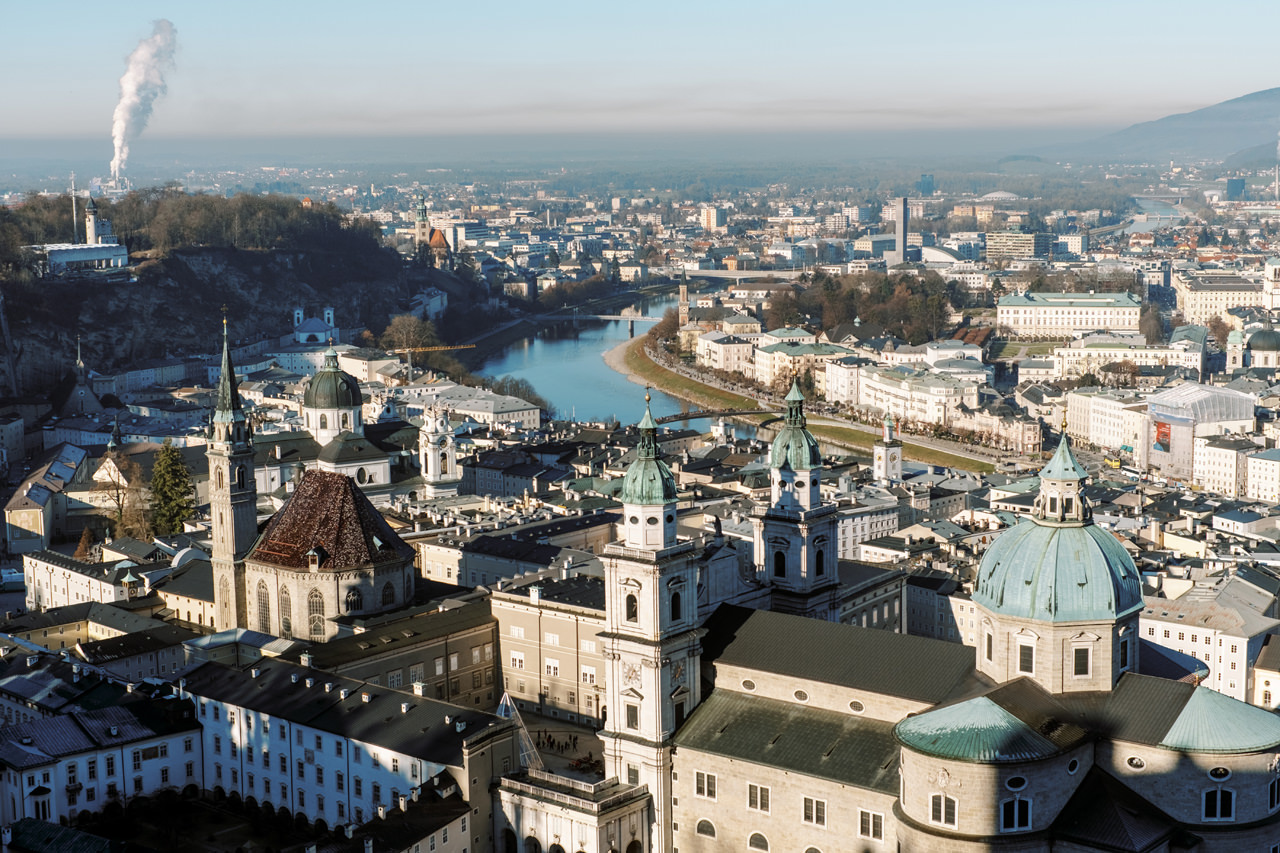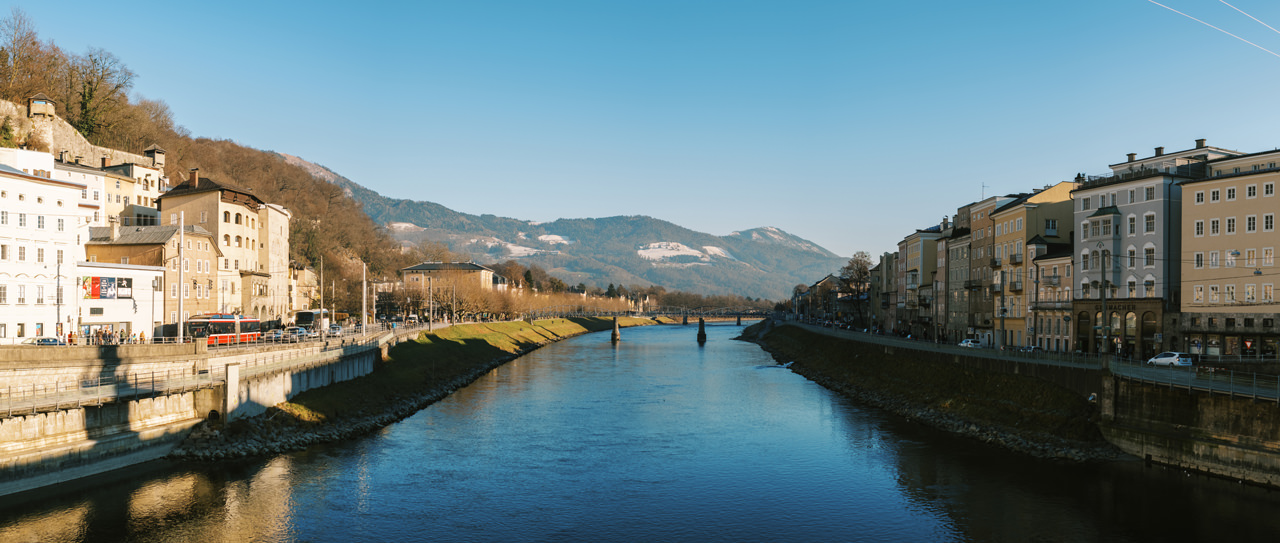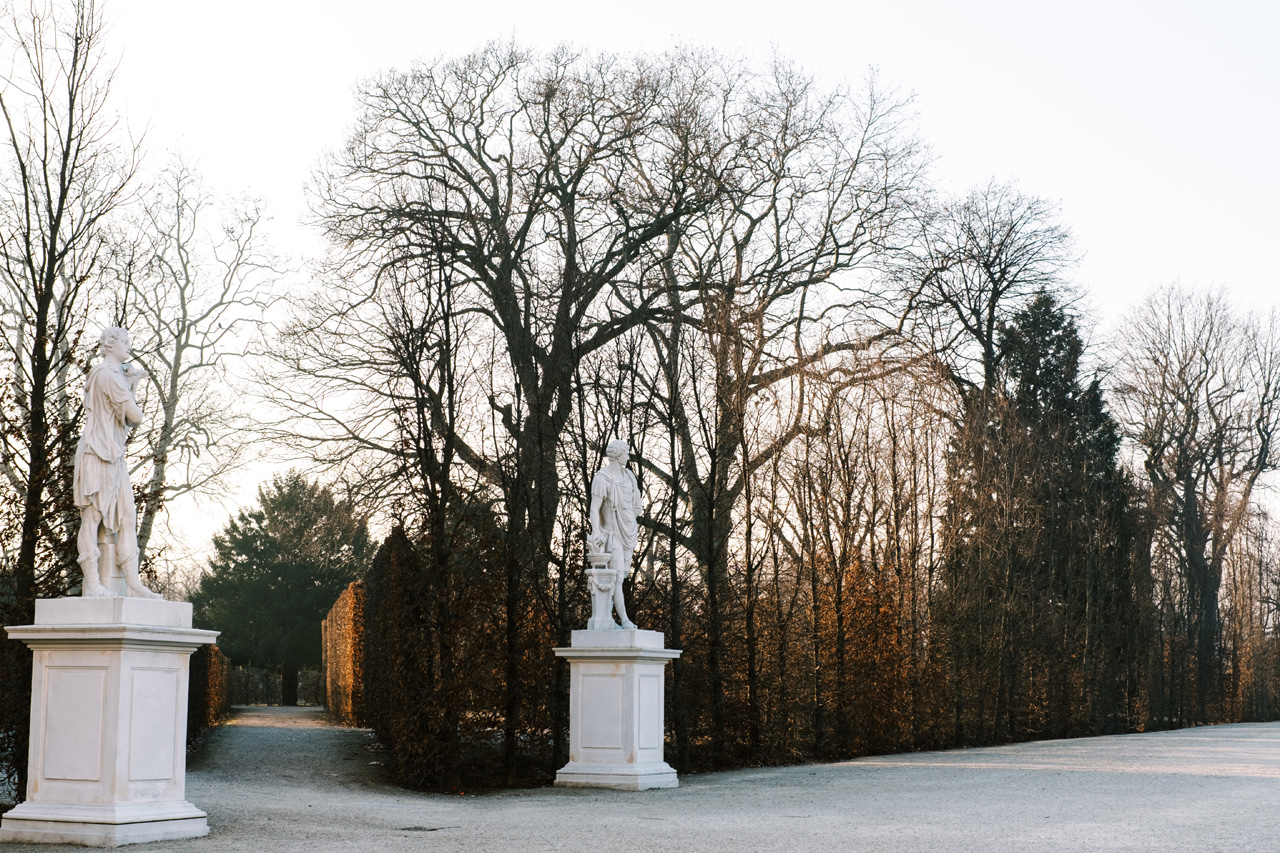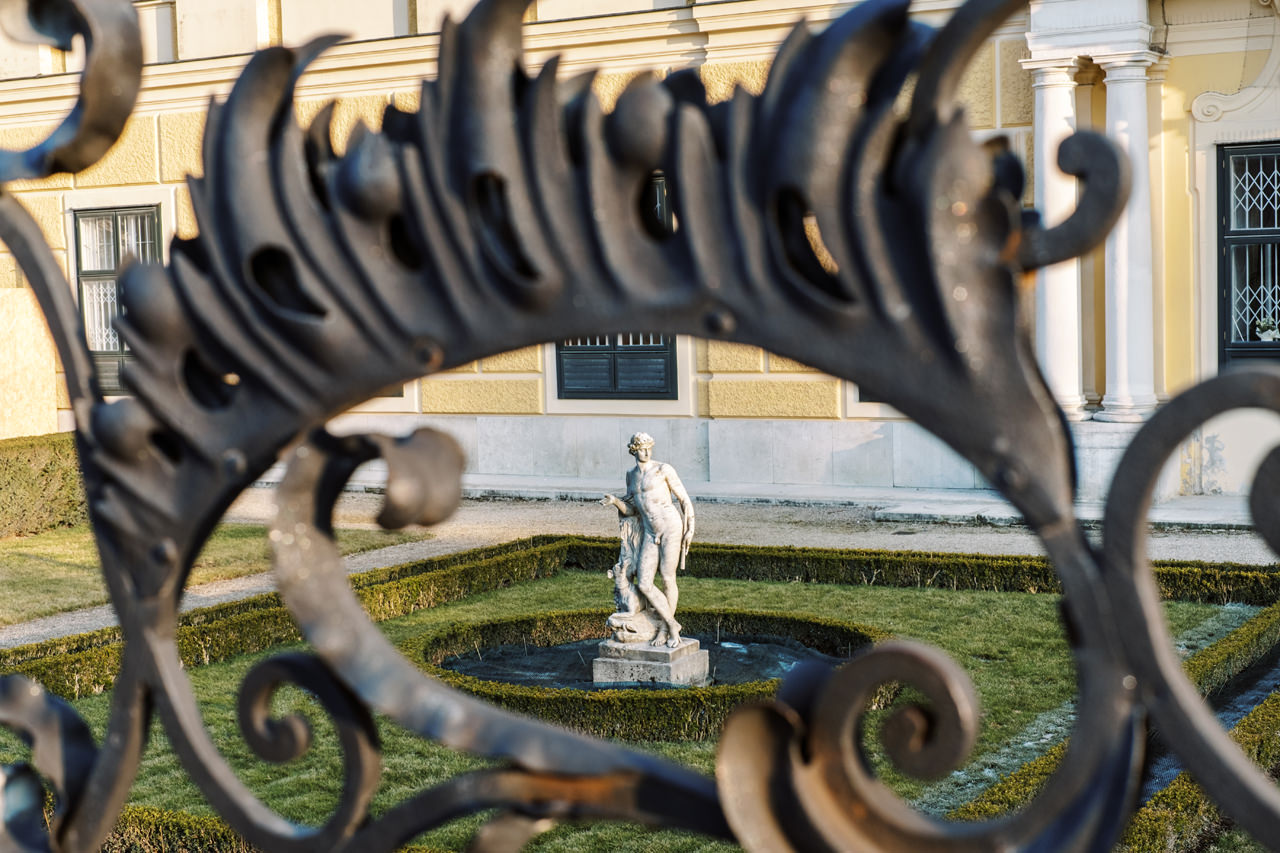Austria has the most place to visits during our trip, and its located quite far to each others. We started the trip by visiting Hallstatt Lake, Salzburg, as well as Vienna, Austria’s capital and its largest city.
Austria is largely mountainous landlocked country of south-central Europe. Together with Switzerland, it forms what has been characterized as the neutral core of Europe, notwithstanding Austria’s full membership since 1995 in the European Union. Austria is bordered to the north by the Czech Republic, to the northeast by Slovakia, to the east by Hungary, to the south by Slovenia, to the southwest by Italy, to the west by Switzerland and Liechtenstein, and to the northwest by Germany.
Day 1: Hallstatt lake
If you love watching Disney movie, Frozen, you will fall in love with Hallstatt. It is every bit the picture perfect village you see in the movie. We personally think Hallstatt is even more photogenic and beautiful in the winter. The pure white snow is stunningly draped over the mountains surround the glassy lake, icicles hang from the roofs, and the Christmas lights twinkle. It is simply magic. Although it was cold, winter in Hallstatt nothing short of extraordinary.
Hallstatt is a village on Lake Hallstatt’s western shore in Austria’s mountainous Salzkammergut region. Its 16th-century Alpine houses and alleyways are home to cafes and shops. A funicular railway connects to Salzwelten, an ancient salt mine with a subterranean salt lake, and to Skywalk Hallstatt viewing platform. A trail leads to the Echern Valley glacier garden with glacial potholes and Waldbachstrub Waterfall.
We reach Hallstatt with an hour-and-fifteen-minute bus drive from Salzburg (the city where we stayed). Though driving affords you the freedom to pull off to explore neighboring towns, mountains, and waterfalls, the village of Hallstatt is accessible only via foot, so you’ll need to use one of the nearby parking facilities. Train and bus options from the citi will also get you there, though direct routes are limited.
Despite being accessible only on foot, the tiny town saw a million visitors in 2018, reports the Washington Post—a staggering 347 times more tourists per capita than Hong Kong, one of the world’s most visited cities.
Day 2: Exploring Salzburg
Salzburg is an Austrian city on the border of Germany, with views of the Eastern Alps. The city is divided by the Salzach River, with medieval and baroque buildings of the pedestrian Altstadt (Old City) on its left bank, facing the 19th-century Neustadt (New City) on its right. The Altstadt birthplace of famed composer Mozart is preserved as a museum displaying his childhood instruments.
A unique combination of scenic Alpine landscape and architectural richness has led to Salzburg’s reputation as one of the world’s most beautiful cities. Because of the building activities of its later archbishops, however, little remains of its medieval architecture, and several buildings were damaged or destroyed by fire in 1818.
A music center for centuries
Salzburg was the birthplace of Mozart, whose house, No. 9 Getreidegasse, is preserved as a museum. It is also the site of the internationally renowned annual Salzburg Festival. There were music festivals in Salzburg at irregular intervals throughout the 19th century, and in 1917 Hugo von Hofmannsthal, Richard Strauss, and Max Reinhardt founded the Festival Theatre Committee, which mounted a festival at Salzburg on an annual basis.
Hohensalzburg
Near the Mönchsberg (Monks’ Hill), a wooded ridge (elevation 493 metres) overlooking the old town, is the Benedictine Abbey of St. Peter; most of its buildings date from the 17th and 18th centuries. Crowning Monks’ Hill is the great fortress of Hohensalzburg, which served as the archbishops’ residence during the wars of the 15th and 16th centuries.
Train To Vienna
The average travel time between Salzburg and Vienna is 2h40 minutes. The quickest route is 2h22 minutes. There is an average of 24 trains a day between Salzburg and Vienna, leaving approximately every 1h35 minutes. We leaving for Vienna right on the New Year’s Eve.
Day 3: First light of 2017 in Vienna
Vienna, German Wien, Czech Videň, Hungarian Bécs, city and Bundesland, the capital of Austria. Of the country’s nine states, Vienna is the smallest in area but the largest in population.
Vienna lies in the northeastern corner of Austria, between the foothills of the Alps and the Carpathians, where the Danube (German: Donau), Europe’s second longest river, has cut its course through the mountains. The city is situated alongside the river, most of it on the right bank.
The Austrian Parliament Building
Is where the two houses of the Austrian Parliament conduct their sessions. The building is located on the Ringstraße boulevard in the first district Innere Stadt, near Hofburg Palace and the Palace of Justice. The architect responsible for its Greek Revival style was Theophil Hansen. He designed the building holistically, aiming to have each element harmonizing with all the others.
Public Transport
After World War II Vienna chose to retain its tramway system instead of converting to buses. The old system, modernized and updated, continues to be an important low-cost form of public transportation. The extensive underground network has also been expanded. Consequently, within the city, most people travel by public transportation, bikes or on foot.
The Hundertwasserhaus
An apartment house in Vienna, Austria, built after the idea and concept of Austrian artist Friedensreich Hundertwasser with architect Joseph Krawina as a co-creator.
The Belvedere
The Belvedere is a huge historic building complex in Vienna, Austria, consisting of two Baroque palaces (the Upper and Lower Belvedere), the Orangery, and the Palace Stables. The buildings are set in a Baroque park landscape in the third district of the city, on the south-eastern edge of its centre.
One day trip to Budapest
On the January 2nd, we took a one day trip to Budapest, the capital city of Hungary. Its located 3 hours away from Vienna.
You can read our Budapest story on the next post.




















































































































